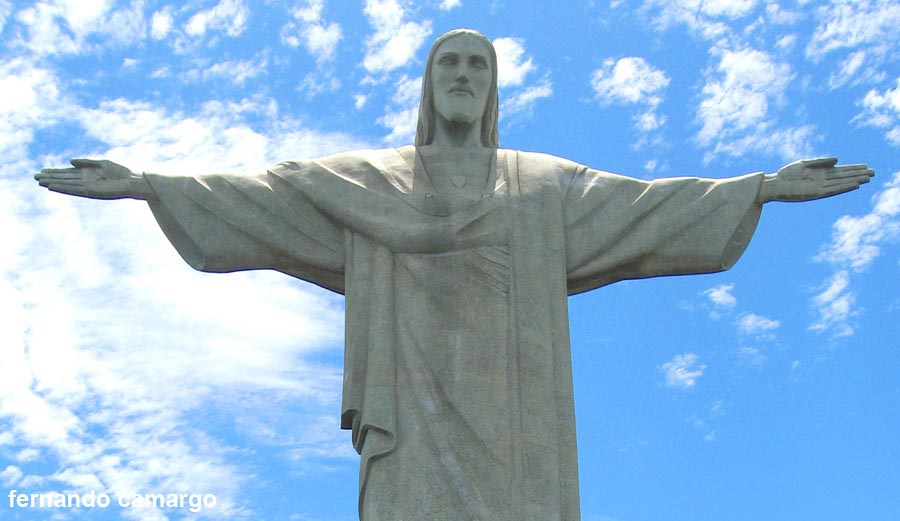
Corcovado
A Swiss railway takes the visitors to the top of the 704 m high mountain called "Corcovado". On the summit stands the statue of Jesus Christ, since 1931 it soon became the landmark of Rio de Janeiro. The statue Christ the Redeemer is 30 m high and has a weight of 1,150 t. The viewing platform is the top attraction of Rio, frum up here you can enjoy the famous panorama over the city and the Sugarloaf.
Rua Cosme Velho, Corcovado Trem
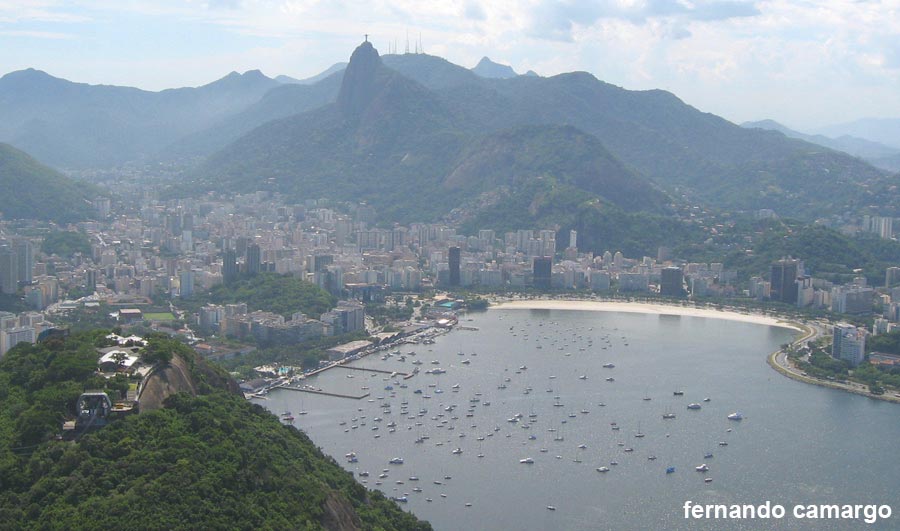
Botafogo
The "Botafogo" district has a central location, for climbing the "Corcovado" mountain and the "Sugar Loaf Mountain". On zhe picture you can see the view from the "Sugar Loaf" on Botafogo, with the "Corcovado" in the background. The name "Botafogo" comes from its former owner João Pereira de Sousa Botafogo. There are many boats in the beautiful bay with a sand beach.
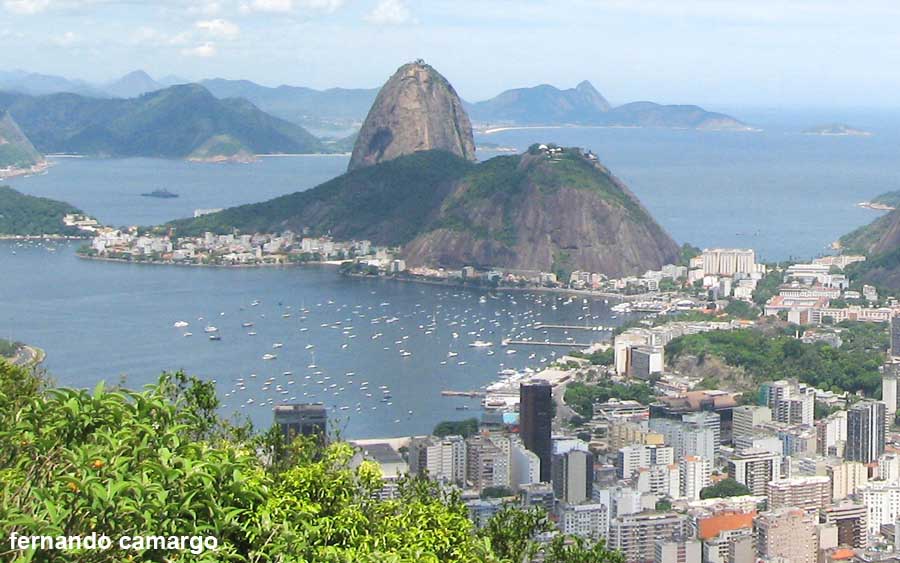
Sugarloaf
To reach the 396 m high Sugarloaf "Pão de Açúcar", you get in the cable car at the Praça General Tiburcio. The cable car is called "O Bondinho" (the little train). On the "Morro da Urca" hill you will change for an other cable car, that takes you to the summit, with a sensational view on the city and the Copacabana.

Igreja da Candelaria
Because their ship the "Candelaria" sunk almost in a storm, the passengers Palmas and Gonçalves vowed to build a chapel. The small chapel was built in 1609. The splendid baroque church, which stands here today, goes back to a donation by King João VI. in the year 1811. The dome was completed in 1877.
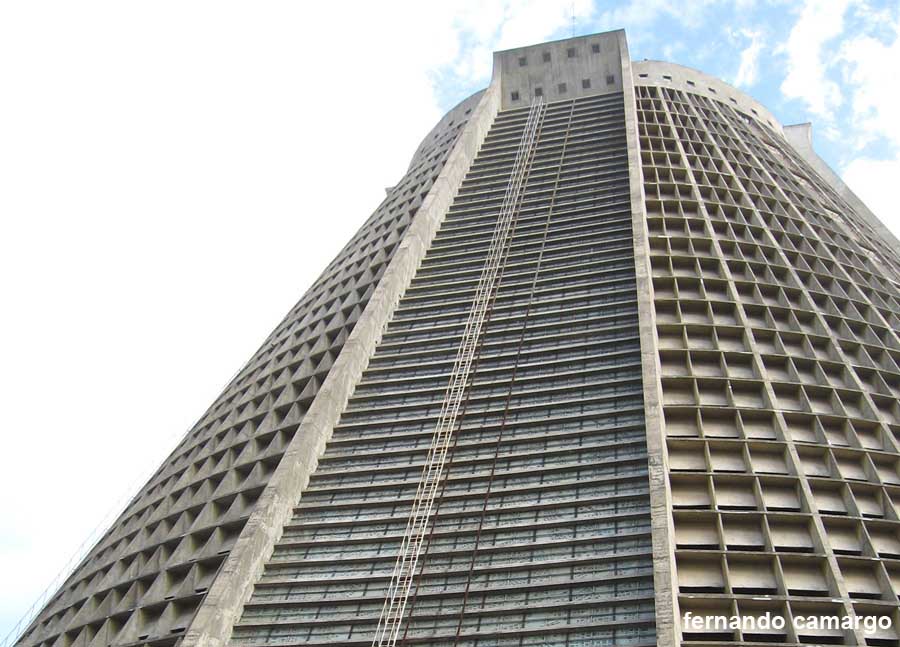
Catedral Sao Sebastiao
The "Catedral Metropolitana de São Sebastião" is the seat of the bishop of Rio de Janeiro. The impressive concrete cathedral rises 75 meters into the sky. The architect Edgar Fonseca designed a light-flooded construction with colorful glass windows reminding of a Mayan pyramid. The huge interior has a diameter of 96 m on the ground floor. The construction of the new Cathedral of Rio de Janeiro was begun in 1964, the inauguration took place in 1979. The "Catedral Metropolitana" is one of the most striking buildings in the center of Rio de Janeiro.
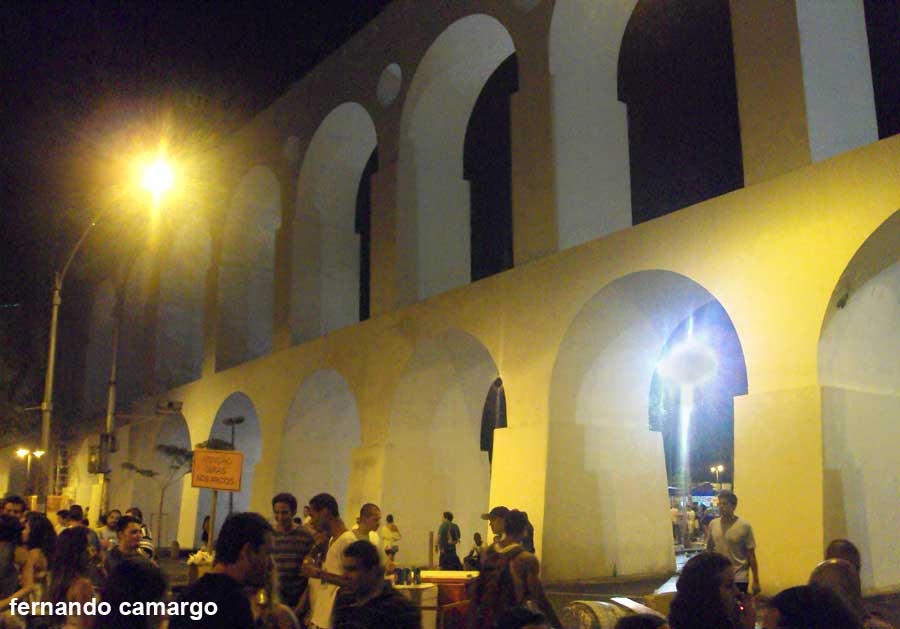
Aqueduto de Carioca
The "Aqueduto de Carioca" was opened in 1750 and transported water from the mountains into the city. In 1896 it became superfluous and was used by the tram company to build a route to "Santa Teresa". The ride is one of the highlights of Rio. The aqueduct is also known as "Arcos da Lapa".
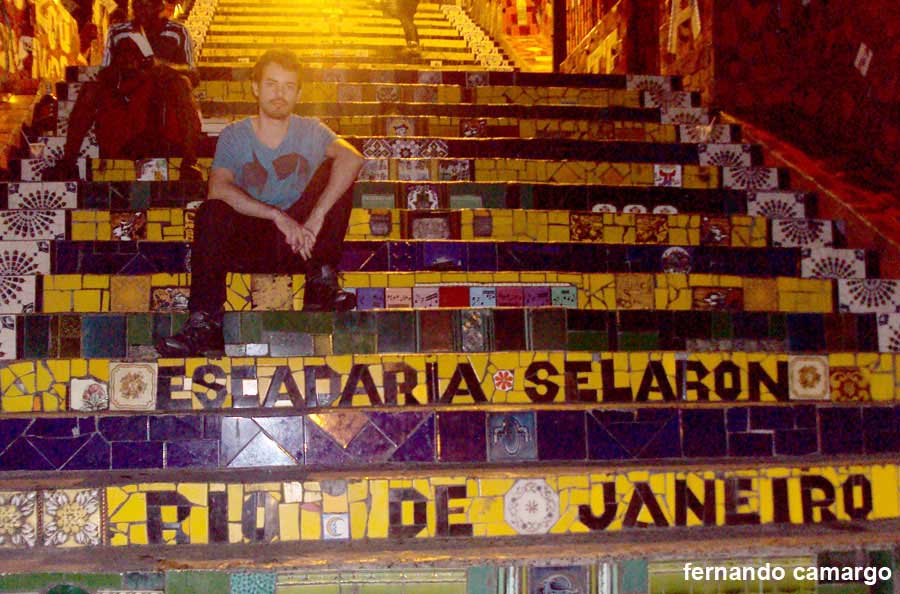
Escadaria Selaron
The artist Jorge Selarón started decorating the staircase in front of his house with colorful tiles in 1990. The Chilean used mostly the colors of the Brazilian flag. He thus processes a problem of his past with a pregnant African woman, the main motif of his paintings. In 2013, he was found dead on the stairs.
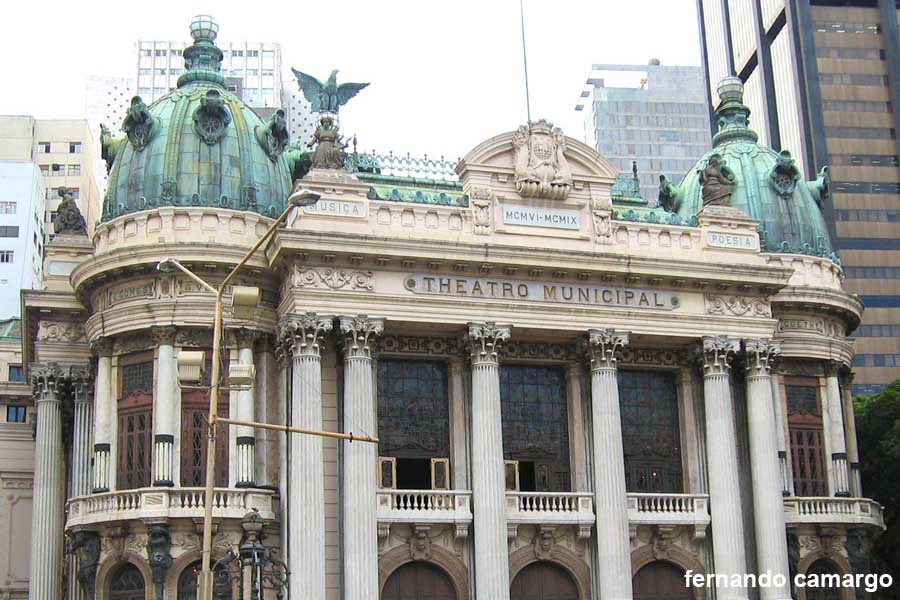
Theatro Municipal
The Theatro Municipal of Rio de Janeiro was opened in 1909. The architect Francisco de Oliveira Passos was inspired by the Paris Opera Garnier. With 2,360 seats, it is the largest theater in the city. Apart from theaters there are operas, ballet and concerts to take place in this great building. The Theatro Municipal was renovated in 2010 and offers beautiful interiors.
www.theatromunicipal.rj.gov.br
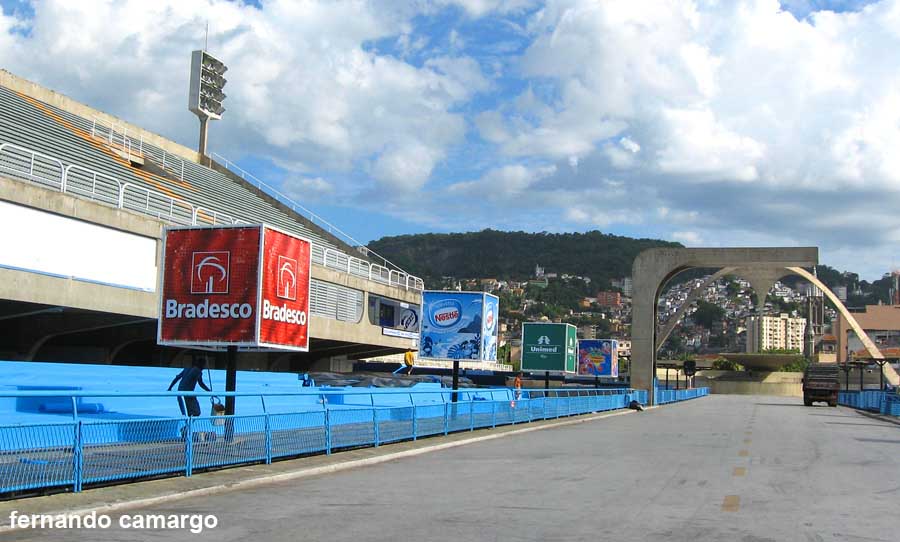
Sambodromo
The 700 m long "Sambodrom" was built in 1984 by Oscar Niemeyer. The "Sambodrom" offers space for 88,500 visitors. The grandstand is divided into three sectors. Above are the bleachers with the most favorable seats, one sits and dances on the raw concrete. In the middle are the boxes for the "rich and beautiful", the lowest rank is called "Frisa" (chairs).
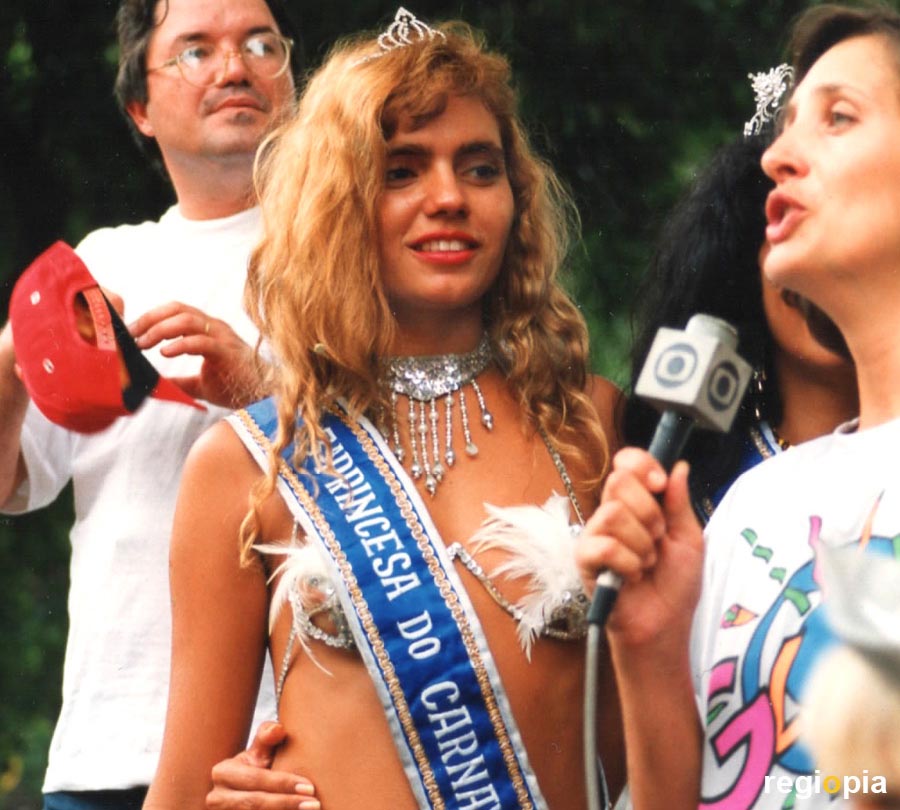
Carnival in Rio
The carnival in Rio is organized like a football championship, with winners and descendants. The Samba schools of the First and Second League are allowed to dance through the "Sambodrom". Among the largest Samba schools, with most "Campeonatos" include Mangueira, Salgueiro and Beija-Flor. Many Samba schools offer shows outside the carnival season. The Carnival in Rio has a royal family with the "Rei Momo" (fat king), the "Rainha" (queen) and the "Princesa" (princess).
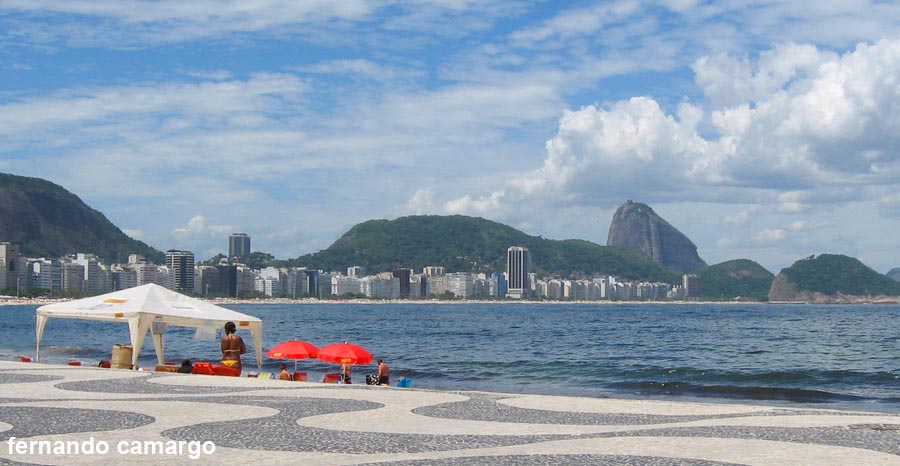
Copacabana
The most famous beach in the world is called "Praia de Copacabana". The 4 kilometer long sandy beach is the epitome of Rio de Janeiro. Many tourists make the beach unfortunately to an area of thieves. The standart trick is to send a pretty girl to walk or stand close to the victim's towel, while he pays attention to the girl his bag or pants are stolen from the other side. Don't take any valuables with you to the beach.
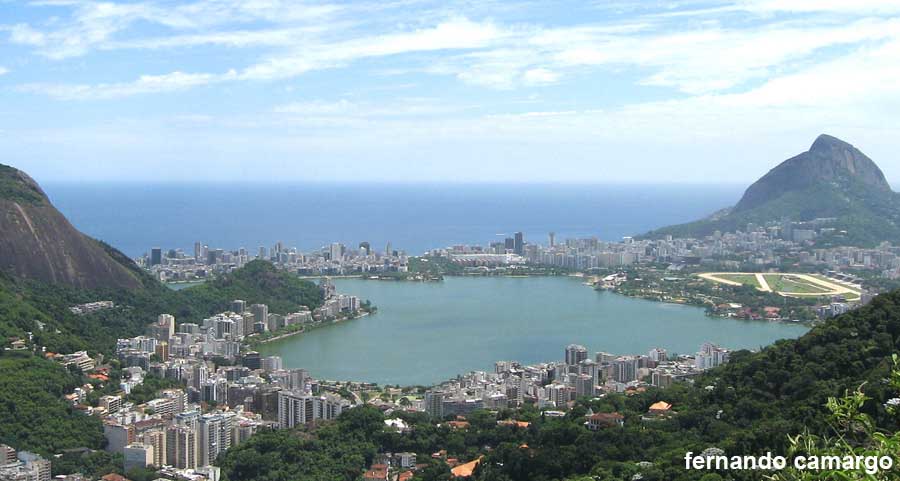
Ipanema
The most beautiful beach of Rio de Janeiro is the beach of Ipanema and Leblon, with a view on the mountain "Pedro Dois Irmãos". The beach became famous through the song Garota de Ipanema "Girl from Ipanema" by Antônio Carlos Jobim. Behind the narrow coastline, there is the Lagoa Rodrigo de Freitas (foreground).
Map of sights in Rio de Janeiro
ads
Travel Guide Rio
Welcome to Rio
Look, what a beautiful sight, so full of grace, is this girl passing the swaying step on her way to the sea. A girl whose body has gilded by the sun of Ipanema - her gait is as complete as a poem, she is the most beautiful I have ever seen passing by!
From the song "Garota de Ipanema" by Antônio Carlos Jobim
ads
ads


